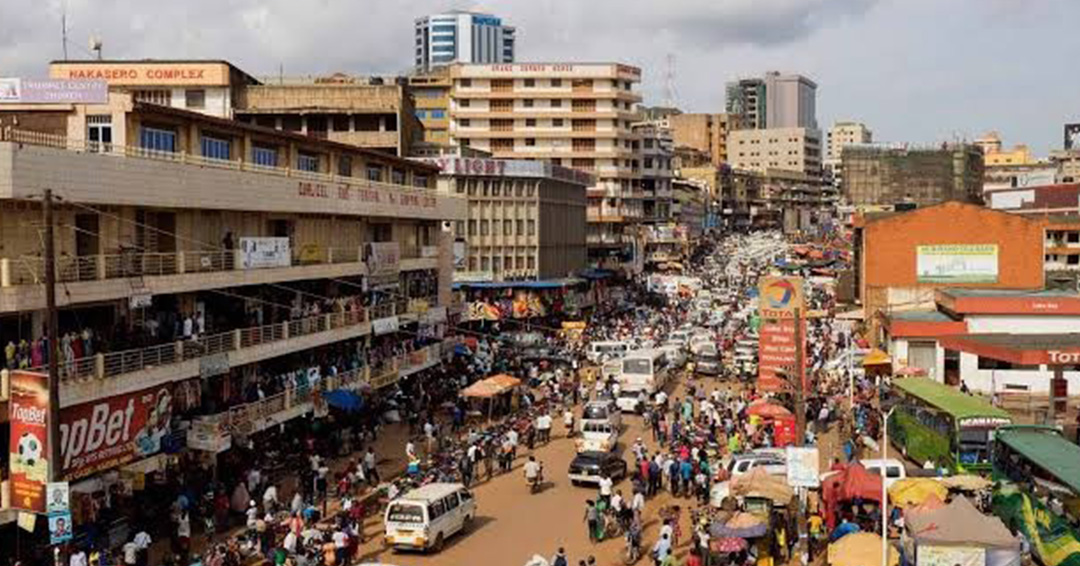
Sep
KIU Teaching Hospital Strengthens Partnership With Kitagata General Hospital
September 5, 2024, 9:40 am
 Administrator
Administrator

By Rogers Wanambwa
KIU, Main Campus - About 22% of Uganda's population (8.3 million) are now considered to be middle-class.
This excludes, the floating middle-class (FMC), those susceptible to becoming poor in case of negative economic shocks. But can this middle-class deliver national aspirations of attaining middle-income status by 2040 as we advance into the third National Development Plan period (2020-2025).
The latest policy brief from the Economic Policy Research Centre (EPRC), evaluates whether Ugandac��?cs middle-class is capable of facilitating the attainment and sustainability of the middle-income status (i.e. the strength of the middle-class), and discusses conditions for establishing or driving transition into a stable middle-class that the country can rely on to sustain middle-income status if achieved.
Besides, the middle-class connotes a signified secure and aspirational lifestyle. Ugandac��?cs middle-class comprises people whose per capita daily consumption expenditure is between $2-$20 (UGX 7,300c��??UGX 73,000) in purchasing power parity (PPP) terms.
The brief breaks down the middle-class into three categories. First is the Floating Middle-Class (FMC), these are between the poor and the lower-middle-class.
c��?This class is vulnerable and highly unstable and can quickly descend into poverty in the event of economic and other shocks. The per capita consumption level for FMC is $2-$4 (Shs 7,300 c��?? Shs 14,600) per day - just above the developing worldc��?cs poverty threshold of $2 (Shs 7,300) per day."
The second group is the Lower Middle-Class (LMC). According to the brief, this is composed of those with daily per capita consumption of $4-$10 (UGX 14,600 c��?? UGX 36,500).
This class lives above the subsistence level and can save and consume non-essential goods.
The third segment is the Upper Middle-Class (UMC). This has households whose characteristics are closer to affluent households. The UMC daily per capita consumption roams between $10-$20 (UGX 36,500 c��??UGX 73,000).
The brief explains that out of the total population in 2016/2017, about 8.3 million Ugandans (22 per cent) belong to the middle- class (without a floating category), and if those in the floating category are included (about 13 million), the size of the middle-class rises to 21.3 million, representing close to 57% of the population.
On the other hand, in July last year, the World Bank declared Tanzania as a lower middle-income country five years before her schedule having attained the Gross National Income (GNI), the total income earned by the country, of $ 1,080 (UGX 3.9 million) while that of Uganda is still at $780 (UGX 2.8million).
Kampala International University,
Box 20000, Ggaba Road, Kansanga, Kampala
+256-760 502660
+256-700 100808